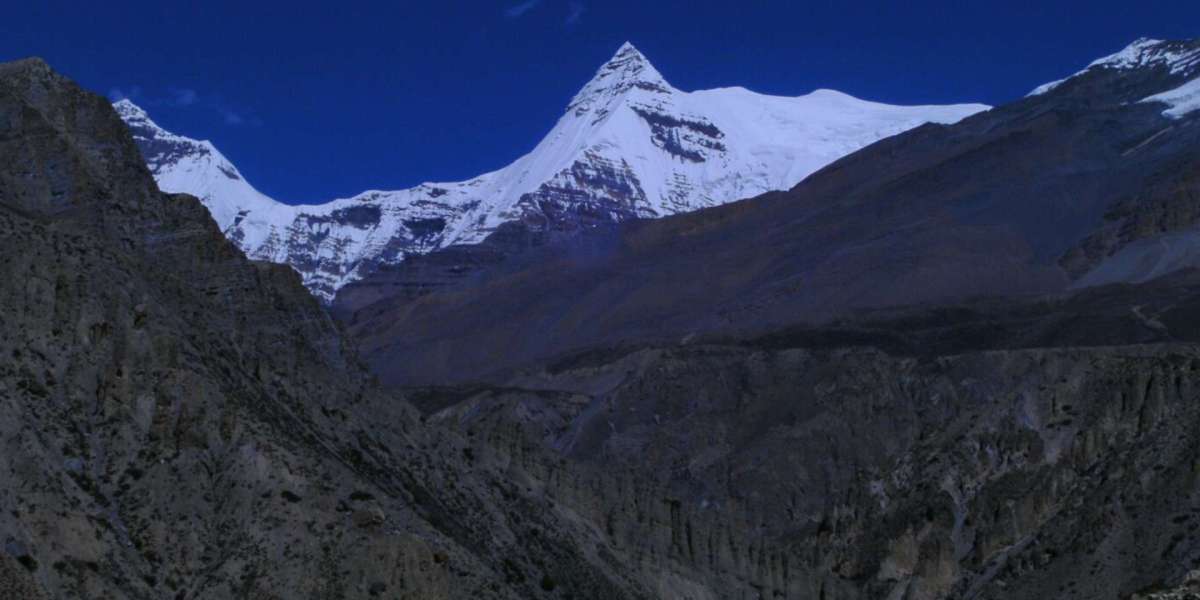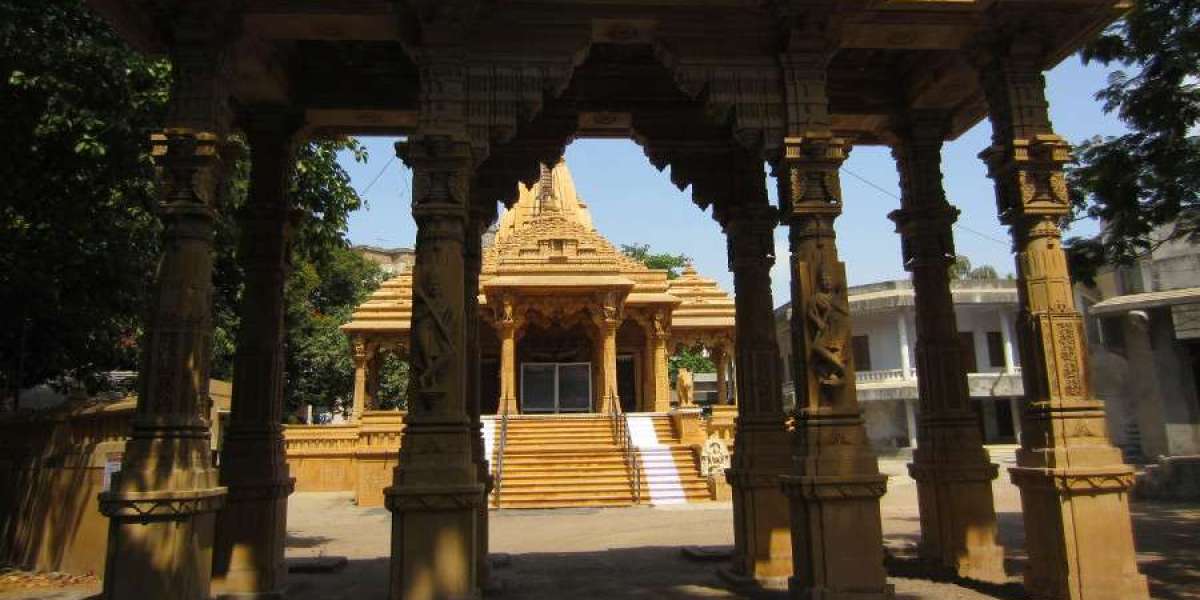The Nar Phu Valley trek offers a raw, untouched side of Nepal that few travelers get to experience. But this isolation also brings real risks.
A Restricted Region That Doesn’t Allow Solo Entry
Nar Phu is not like other treks in Nepal. It’s located in a restricted zone, which means you cannot enter on your own. The government requires at least two trekkers accompanied by a licensed guide through a registered agency. Many first-timers are surprised to learn this only after reaching Kathmandu, which delays plans and creates extra costs. A guide is part of the permit process itself, so they are not just optional—they’re legally required.
The Trails Are Isolated and Poorly Marked
Once you enter the region, the sense of isolation becomes real. The paths wind through dry gorges, open plateaus, and narrow cliffs with little to no signage. There are long stretches where you won’t see another trekker. Without a guide, losing the trail is not just possible—it’s likely. Even small mistakes like following a yak trail can lead to hours of backtracking in high altitude.
Accommodation Is Scarce and Unpredictable
Unlike the busier trekking routes, Nar Phu has very few lodges, especially beyond Meta. Most are basic, and some only open when a guide calls ahead to confirm a guest is coming. Without this local network, solo trekkers often arrive to find locked doors or no food available. A guide helps you plan each stop with accuracy, avoiding discomfort or unexpected camping in harsh conditions.
Altitude Is a Bigger Threat Than Expected
The region rises quickly above 4000 meters, and many parts of the trek involve steep gains in elevation. Without proper acclimatization, the risk of Acute Mountain Sickness increases. A guide watches for early signs—things like slow speech, confusion, or shortness of breath—and takes action before things get worse. When walking alone, it’s easy to ignore or miss these symptoms until it’s too late.
Crossing Kang La Pass Alone Is Dangerous
One of the biggest challenges of this trek is crossing the 5300-meter Kang La Pass. The pass is long, windy, and often covered in snow. Without clear markers, trekkers can drift off the route or misjudge how long the crossing will take. Many sections are exposed, and timing is everything. A guide knows when to start, which side to climb first, and how to get down safely if the weather turns bad. Attempting this alone is a major gamble.
Cultural Respect Requires Understanding
Nar and Phu villages are deeply rooted in Tibetan Buddhist culture, and the people are not used to large numbers of tourists. A guide helps bridge the cultural gap, teaching you when to take your shoes off, how to walk around religious monuments, and how to engage respectfully with the locals. Without this understanding, solo trekkers often offend unintentionally or miss the chance to connect meaningfully with villagers.
Emergencies Are Harder to Handle Alone
There are no clinics or communication towers once you enter the valley. In case of injury, sickness, or sudden weather shifts, it’s difficult to get help without someone by your side. Guides carry local contacts, understand where to find the nearest satellite phone, and can arrange emergency evacuation if needed. Without them, you’re relying on luck and the hope that someone else happens to be nearby.
The Trek Is Mentally and Emotionally Demanding
Beyond the physical difficulty, trekking in Nar Phu can feel emotionally heavy. The silence, the vast landscapes, and the solitude can become overwhelming. A guide gives you structure, conversation, and motivation when your energy dips. They become your support system, especially during long days when you question your decision to trek here in the first place.
Final Thought
The Nar Phu Valley is one of Nepal’s most authentic trekking experiences, but it is also one of its most demanding. A guide does more than lead the way. They protect your safety, open doors to cultural understanding, and ensure the journey doesn’t become a test of survival. On this kind of trail, going without one is not a brave choice—it’s an unnecessary risk.



